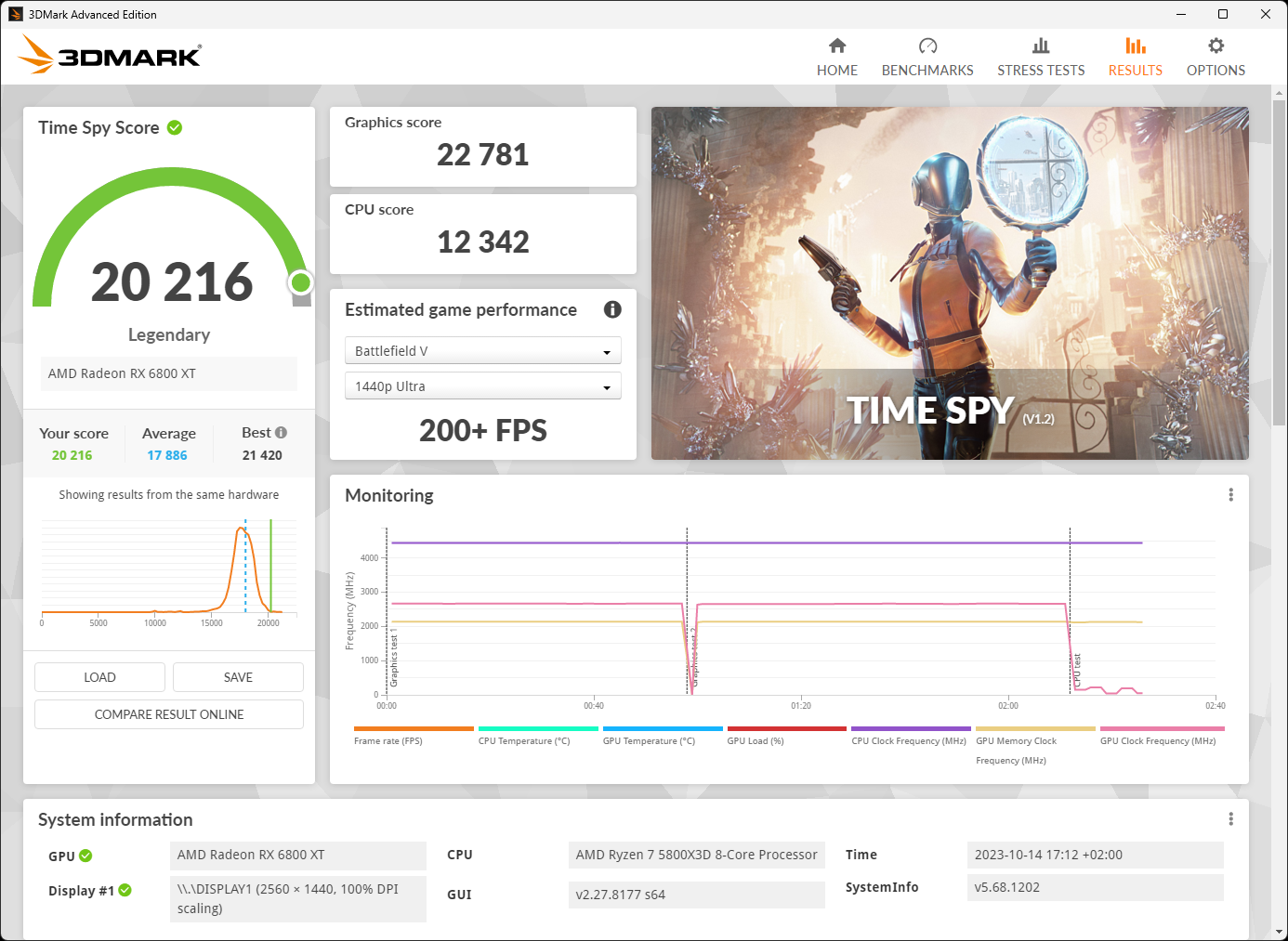That's a pretty insane delta from paste alone. Is everything truly equal otherwise? Ambient? Heat build up in the case? 5 degrees centigrade simply sounds too good to be true!
PC Master Race
A community for PC Master Race.
Rules:
- No bigotry: Including racism, sexism, homophobia, transphobia, or xenophobia. Code of Conduct.
- Be respectful. Everyone should feel welcome here.
- No NSFW content.
- No Ads / Spamming.
- Be thoughtful and helpful: even with ‘stupid’ questions. The world won’t be made better or worse by snarky comments schooling naive newcomers on Lemmy.
Notes:
- PCMR Community Name - Our Response and the Survey
Ambient was 1C to max 2C lower when testing PTM. Everything else is equal... except GPU fan speed which I forgot to cap at static RPM which means the PTM should give even better temps as it ran at lower fan speed too. (that's why I included it in the graph)
Carbonaut was tested in case with side panel. I tested PTM with and without side panel but the results are the same.
I should have also mentioned that when switching to Carbonaut it was absolutely necessary to use washers for higher mounting pressure otherwise the cooler was making very poor contact or no contact at all as the pad is extremely thin which resulted in significantly worse temps than stock paste.
I left the washers also when applying PTM so at least it's directly comparable to my Carbonaut results and I assume I would ran into the same issue as it's also very thin... and very, very difficult to apply.
EDIT:
Regarding Carbonaut, I've been benching yesterday the card to see how much the graphene pad can handle and even at 375W I still didn't manage to hit the TJmax of 110C and was able to get to Top100 in TimeSpy with GPU score on 6800 XT. This was absolutely impossible even with fresh application of MX-4.
I'm yet to try the same settings with PTM.
Shame you didn't have a Kryosheet. Been thinking about that one lately, and it's supposed to perform better than the Carbonaut.
Still, really impressive what that pad can do!
Well, I've tried some big OC and shoved 400W into the GPU and the PTM is still managing it even on air cooling. (Not reaching actual 400W because of hitting TDC limits in this test and I didn't capture again after increasing TDC but just add 2-3C to the blue graph). This is without side panel and at 100% fan speed obviously.


Super impressive, honestly, but I'm not surprised with Thermal Grizzly. I can't tell from the images, but did you use the pad for the VRMs and Caps, too?
Nope, stock ones
Yeah, I'm just a moron that's why. I didn't realize that there are basically two graphene pads from Thermal Grizzly and whenever I searched for "Thermal Grizzly graphene pad" I only came up with Carbonaut while I actually wanted the Kryosheet. At the time I thought it's the same and I've bought the Carbonaut thinking it's the one that's been optimized for Z-axis cooling.
